Expert Reveals: What Animals Eat Termites
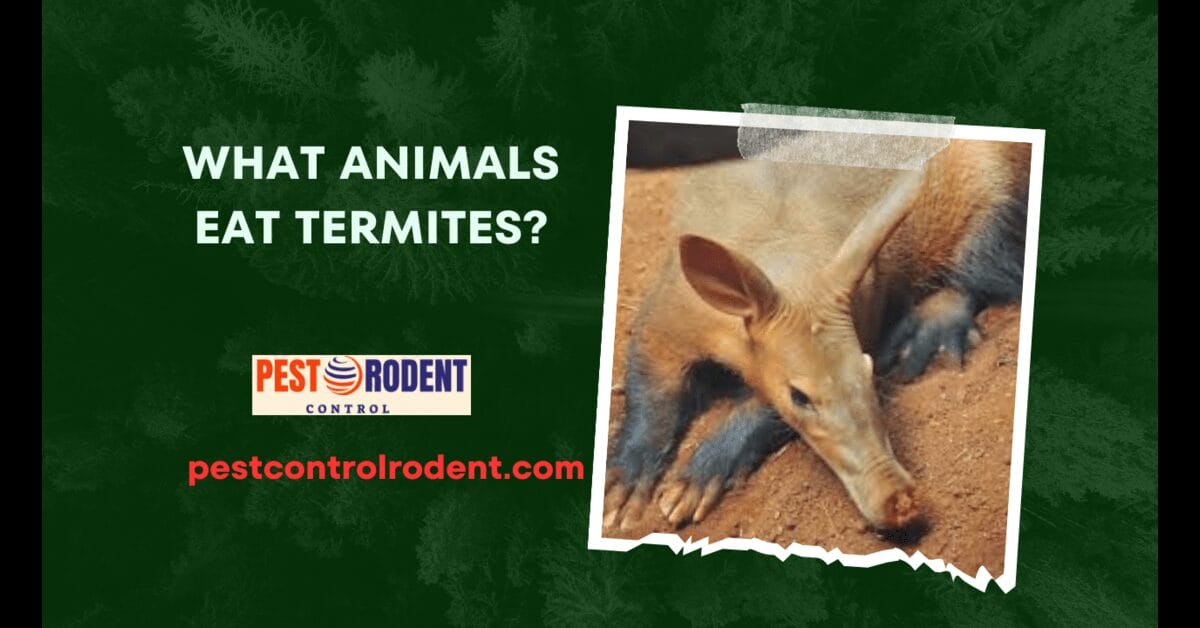
Expert Reveals: What Animals Eat Termites?
Introduction
Termites play a crucial role in the ecosystem, but they can also wreak havoc when their populations grow out of control. Knowing their predators is essential to maintaining a balanced environment. Let’s explore the various species that feast on termites and the fascinating ways they go about it.
Understanding the Role of Termites in the Ecosystem
Termites are often seen as pests, but they are actually important recyclers in the ecosystem. They break down decaying plant matter, enriching the soil and promoting plant growth.
Overview of the Various Species of Termites
There are over 2,000 species of termites worldwide, divided into three main categories: dampwood, drywood, and subterranean termites.
Importance of Knowing the Predators of Termites
Identifying the predators of termites helps us understand the natural checks and balances in the ecosystem. By keeping termite populations in check, these predators play a vital role in maintaining ecosystem balance.
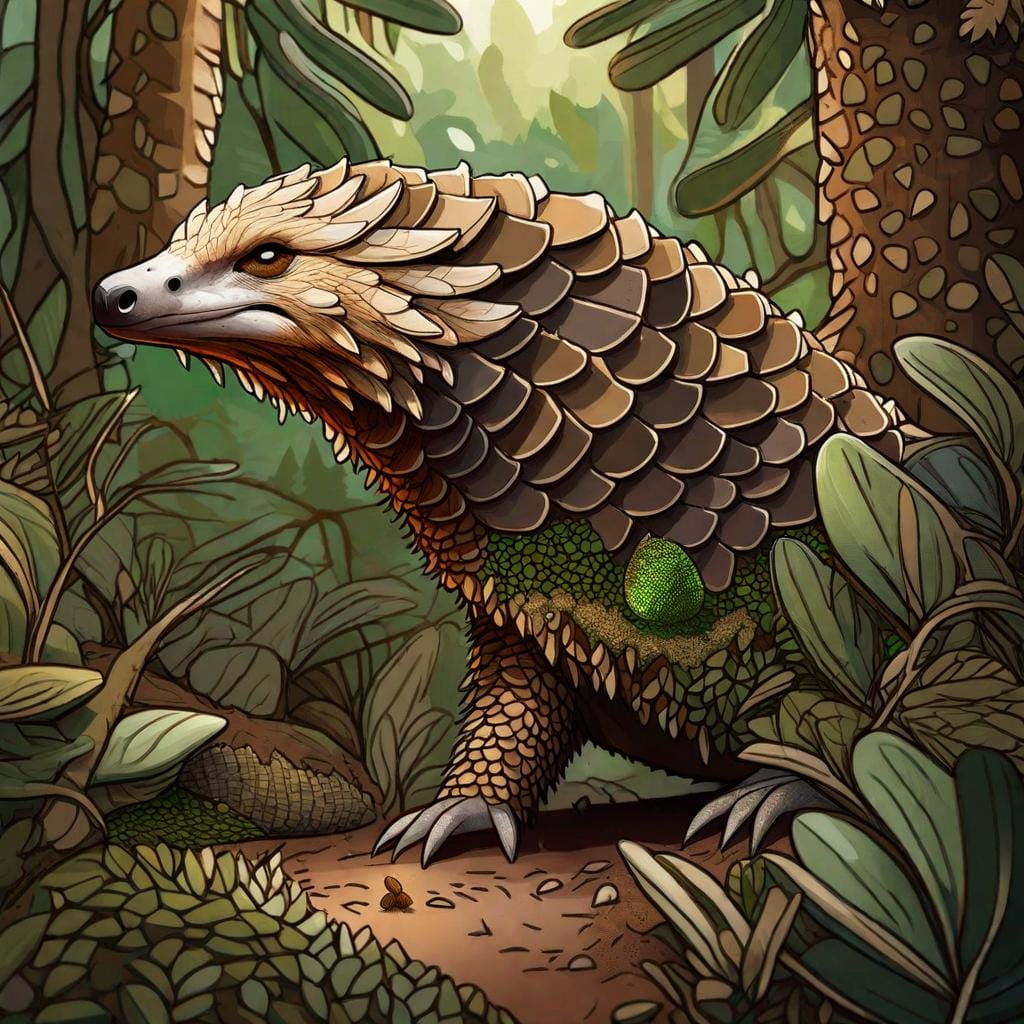
Mammalian Predators
Mammals are some of the most well-known predators of termites, with unique adaptations for termite hunting.
Aardvarks: The Termites’ Worst Nightmare
Aardvarks are nocturnal mammals with long snouts and sticky tongues that they use to extract termites from their mounds with great precision.
Anteaters: Masters of Termite Extraction
Anteaters have long, sticky tongues and powerful claws that they use to tear into termite mounds and slurp up the insects within.
Pangolins: Using Their Scales to Capture Termites
Pangolins have tough, overlapping scales that protect them from termite bites as they use their long tongues to scoop up the insects.
Avian Predators
Birds are another group of predators that rely on termites for sustenance.
Hornbills: Relying on Termites for Sustenance
Hornbills have a keen sense of smell that helps them locate termite colonies. They use their powerful beaks to break open termite mounds and feed on the insects inside.
Woodpeckers: Using Their Sharp Beaks to Snack on Termites
Woodpeckers have strong beaks and long, barbed tongues that they use to probe into termite galleries and extract the insects.
Honeyguides: An Unexpected Termite Predator in the Bird World
Honeyguides are known for their unique behavior of leading humans to honey, but they also feed on termites by breaking into their mounds with their sharp bills.
Reptilian Predators
Reptiles are also known to prey on termites, using various strategies to capture their prey.
Armadillos: Digging up Termites from Underground Nests
Armadillos have strong claws that they use to dig into termite nests underground, exposing the insects and devouring them.
Lizards: Stealthy Hunters of Termites
Lizards such as geckos and monitor lizards are adept at catching termites on the ground or in the air, using their speed and agility to outmaneuver their prey.
Snakes: Unlikely Termite Predators in the Reptile Kingdom
Snakes like the black mamba and king cobra are skilled hunters that use their excellent sense of smell to locate termite colonies and strike with deadly accuracy.
Insect Predators
Insects are formidable enemies of termites, employing a variety of tactics to capture their prey.
Ants: Formidable Enemies of Termites
Ants are known to launch massive attacks on termite colonies, overpowering the defenders and carrying off the helpless insects to their own nests.
Beetles: Utilizing Specialized Mouthparts to Devour Termites
Beetles have evolved specialized mouthparts that they use to crush and devour termites, often targeting the softer larvae and pupae.
Spiders: Weaving Intricate Webs to Capture Termites
Spiders are expert web-weavers that build intricate traps to ensnare termites that happen to wander into their sticky strands.
Conclusion
Understanding the predators of termites is crucial for maintaining a healthy ecosystem. By keeping termite populations in check, these predators prevent unchecked damage to vegetation and structures. Future research on termite predation could provide valuable insights into pest management strategies.
Recap of the Importance of Termite Predators in Maintaining Ecosystem Balance
Predators of termites play a vital role in maintaining ecosystem balance by controlling termite populations and preventing widespread damage.
Implications for Termite Control and Pest Management
Knowledge of termite predators can lead to more effective pest management strategies that harness the natural predatory relationships in the environment.
Future Research Directions on Understanding Termite Predation
Further research on termite predation could provide valuable insights into how we can better protect our crops, homes, and natural habitats from the destructive effects of these insects.
FAQs
- Are termites a valuable food source for predators?
Yes, termites are a valuable food source for many predators due to their abundance and high nutritional value. - How do termite predators locate their prey?
Predators of termites use a combination of visual, olfactory, and auditory cues to locate termite colonies. - Can termites defend themselves against their predators?
Termites have evolved various defense mechanisms, such as building protective barriers and secreting toxic substances, to deter predators.
Remember, the next time you see a termite mound, think about the intricate web of predator-prey relationships that exist in the natural world, ensuring that no one species dominates the landscape.环

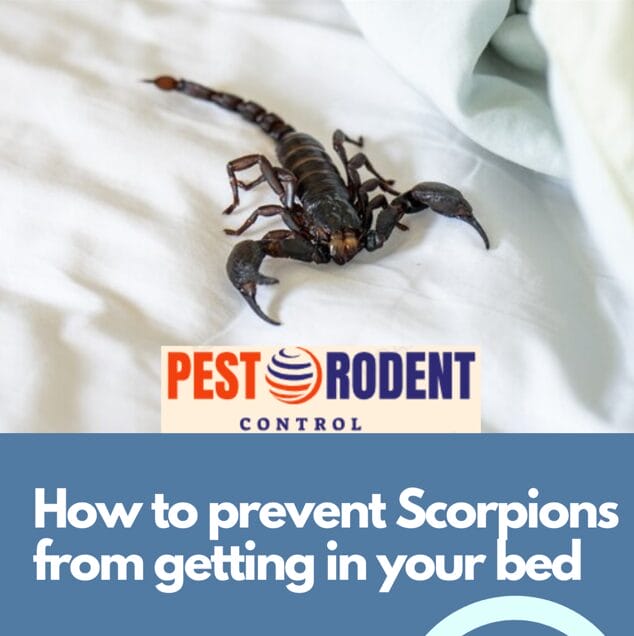
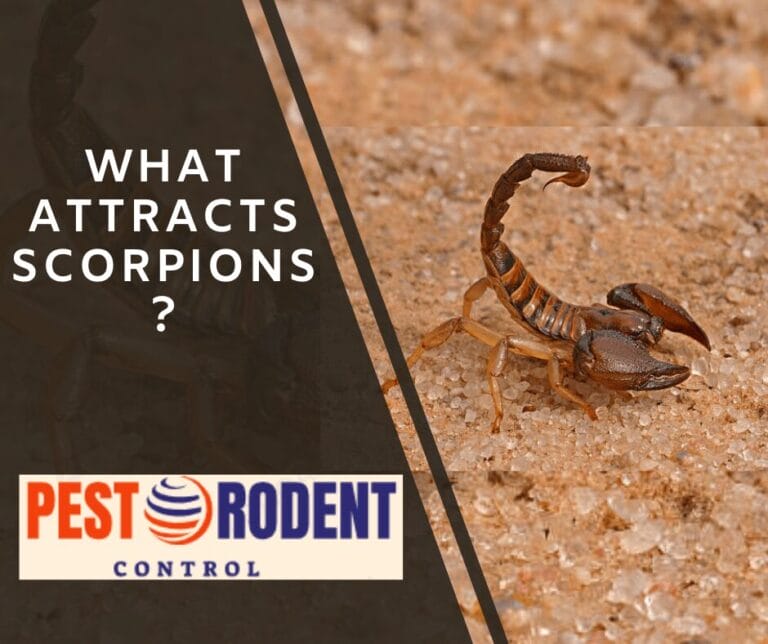
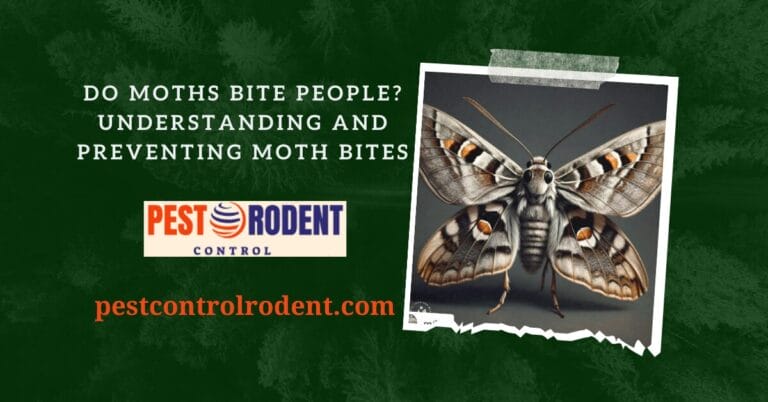
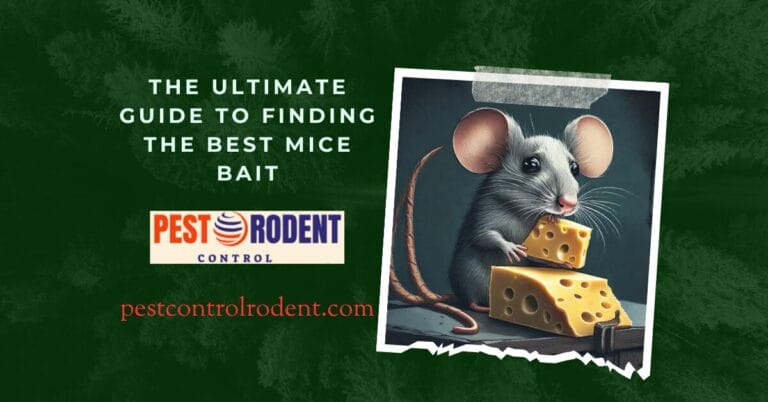
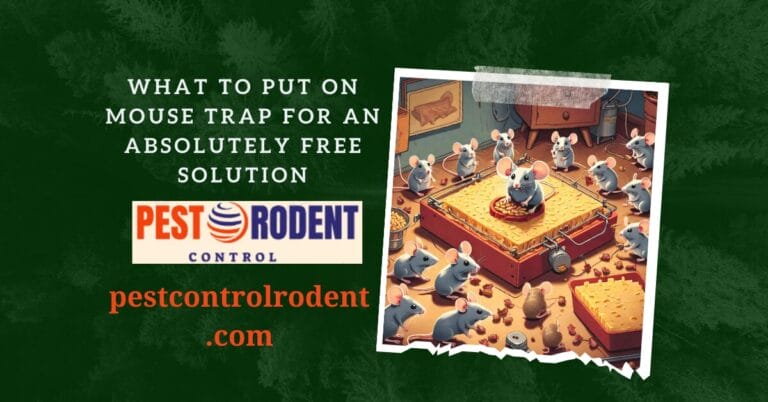
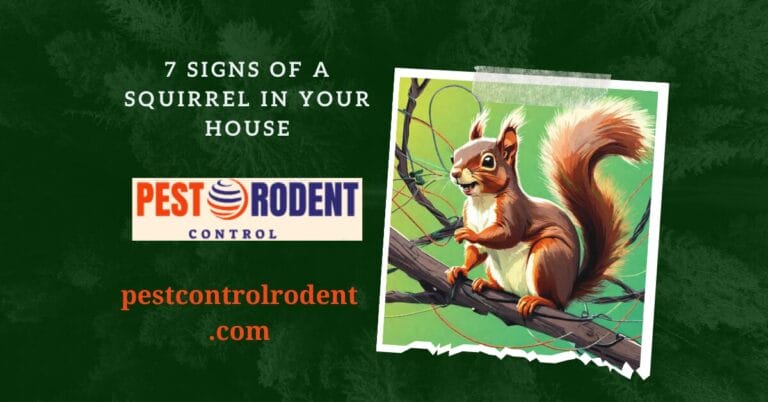
One Comment